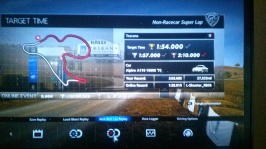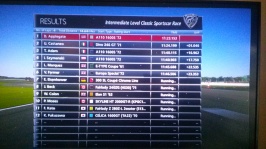- 10,915

- Sweden
- eran0004
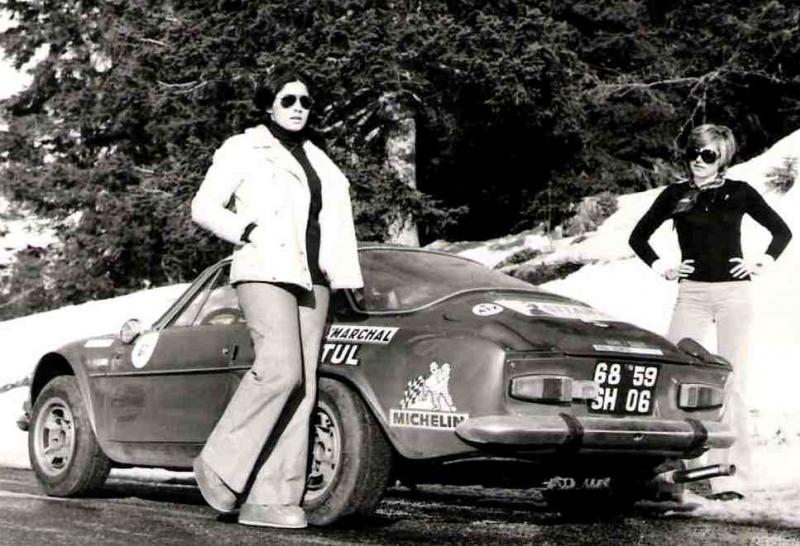
Weight:
- Weight reduction: stage 3
- Carbon bonnet (body colour)
- Window weight reduction
- Ballast: +65 kg
- Ballast position: 50% (the maximum value)
- Engine tuning: stage 2
- Exhaust: Semi-Racing
- Power limiter: 89.0%
- Final drive: 3.370
- Set top speed to 200 km/h, then set the following ratios:
- 1st: 3.620
- 2nd: 2.500
- 3rd: 1.910
- 4th: 1.490
- 5th: 1.030 (standard) or 1.140 (optional close ratio gear)
- Initial torque: 30
- Acceleration: 50
- Braking: 50
- Ride height: 130 mm ; 130 mm
- Spring rate: 2.15 kgf / mm ; 2.10 kgf / mm
- Dampers Compression: 1 ; 1
- Dampers Extension: 2 ; 2
- Antiroll bars: 1 ; 1
- Camber: -1.5 ; -2.0
- Toe: 0.10 ; 0.00
- Racing brakes
- Bias: 3 ; 3 (adjust as you see fit)
Background
This is an attempt at recreating the Alpine A110 1600 group 4 rally car. There are some different statements on the specs of the car, so I'll list the sources for the data I've been using:
Main source: http://www.tech-racingcars.eu/renault-alpine-a110-1-6
Gearbox source: http://forum.nordicgames.at/showthr...9f46f873d09e&p=1403006&viewfull=1#post1403006 (gearbox type 364-01)
Camber and toe: http://www.renaultalpine.co.uk/viewtopic.php?t=7208&p=76205#p76197
Videos of the car in action have been used as reference for the handling characteristics.
Throughout the tuning process, the car has gone through 600 kilometers of test driving, on dirt, snow, dry tarmac and wet tarmac. The tyres used for tarmac tests were sports hard or less.
Note: This is probably not an optimal tune for the car, I'm sure there are way faster tunes out there. The goal hasn't been to make a fast car, it has been to replicate a real car and to make a car that is fun to drive.
The tune
Weight
The main source states a weight of 700 kg and a weight distribution of 36 : 64. Unfortunately that weight distribution is undoable in GT6, but we can at least attempt to get as close to that ratio as possible.
- Weight reduction: stage 3
- Carbon bonnet (body colour)
- Window weight reduction
- Ballast: +65 kg
- Ballast position: 50% (the maximum value)
This should give a weight of 700 kg and a distribution of 46:54.
Power
The main source states 155 bhp @ 7000 rpm and 184 Nm @ 6000 rpm. We can't make an exact replica, but we can get pretty close. I'm chosing the semi-racing exhaust because visually it matches the exhaust I've seen on most reference photos (although it appears to be mirrored).
- Engine tuning: stage 2
- Exhaust: Semi-Racing
- Power limiter: 89.0%
This should give 155 bhp @ 7000 rpm and 184 Nm (18.8 kgfm) @ 5300 rpm.
Transmission
Now this we can make an exact replica of. Unfortunately there are different statements on what the gear ratios were, but I have placed most trust in a source on the nordicgames forum, because in addition to the gear ratios the user has also posted reference numbers for the gearboxes, and those reference numbers match with the reference number (364) used by my main source.
The source lists three type 364 gearboxes, with suffixes from -01 to -06. Two of those are named "Rallye" while the third is named "Normale", so since we're making a rally car I made a choise between the 364-01 and 364-05 and I picked the -01 because it has a taller ratio final drive, which gives better acceleration but a lower top speed. Since we only have 155 bhp I'm thinking that acceleration is more important.
If you want to try any of the other gear boxes, just follow this link and pick the one you'd like to try (note: the first ratio listed is the final drive) http://forum.nordicgames.at/showthr...9f46f873d09e&p=1403006&viewfull=1#post1403006
Gear ratios:
- Set final drive: 3.370
- Set top speed to 200 km/h, then set the following ratios:
- 1st: 3.620
- 2nd: 2.500
- 3rd: 1.910
- 4th: 1.490
- 5th: 1.030 (standard) or 1.140 (optional close ratio gear)
The standard gear in 5th gives a top speed of 210 km/h, while the close ratio option gives a top speed of 200 km/h. In most cases I've found that the close ratio is better, because with the standard gear the car tends to get sluggish in 5th gear. For driving on high speed courses (like Nordshleife or La Sarthe) the standard gear is probably the better choise though.
Handling
Now this is where it gets interesting, because we have to make some decisions ourselves, with very little aid from technical specs. We know that it's an RR car and that the weight distribution should be biased towards the rear. From videos of the car in action we can tell that it should be easy to get the car into a powerslide, especially on dirt and snow.
Now, if you take the Alpine with all the tuning we've done so far and make a lap at a course (dirt, snow or tarmac) you'll notice that it is pretty hard to get the car to powerslide. You have to make pretty drastic steering inputs to make that happen, and once the back do kick out it's pretty lame and weak.
The single most important piece of tuning to fix that issue is to set the limited slip differential, because what is happening otherwise is that most of the power will be transmitted to the wheel that rotates with less resistance, which is usually the inner wheel (try making "donuts" with the car, you'll notice that the inner wheel is spinning while the outer just rolls along). If we limit the slip differential we can get more power transmitted to the outer wheel, which will help it to break traction.
LSD settings:
- Initial torque: 30
- Acceleration: 50
- Braking: 50
This is not just a tune for a more flamboyant drive though, because the oversteer you get from a slight powerslide will help the car to turn in and especially on dirt and snow tracks it makes a huge difference.
Next up is the suspension. This is also guess work. I found some data on camber and toe, although that seems to be for the road car rather than the rally car, so it's best to treat this section as make-belief rather than absolute truth.
Suspension settings:
- Ride height: 130 mm ; 130 mm
- Spring rate: 2.15 kgf / mm ; 2.10 kgf / mm
- Dampers Compression: 1 ; 1
- Dampers Extension: 2 ; 2
- Antiroll bars: 1 ; 1
- Camber: -1.5 ; -2.0
- Toe: 0.10 ; 0.00
Ride height is based on reference pictures, where there seems to be a bigger gap between the tyres and the body. The stiffened spring rate in the rear is based on the weight distribution being off, so the stiffer rear suspension should give the car a bit more oversteer.
Brakes:
- Racing brakes
- Bias: 3 ; 3 (adjust as you see fit)
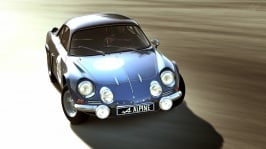
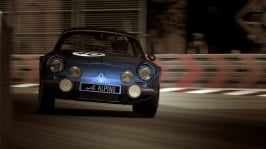
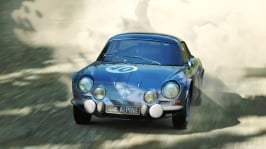
Last edited:





